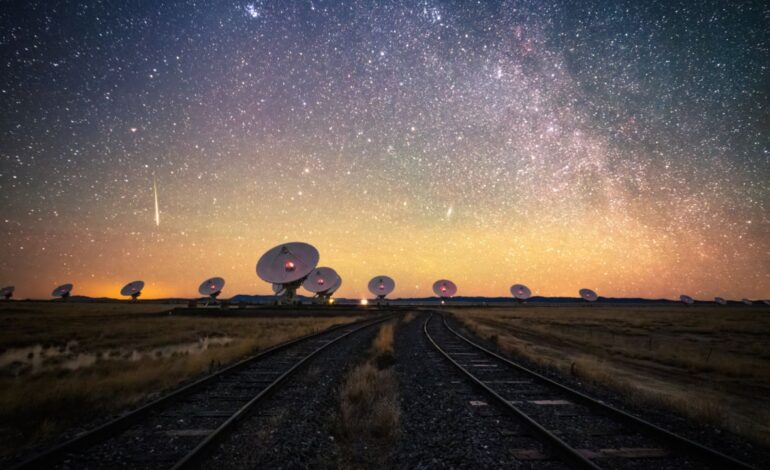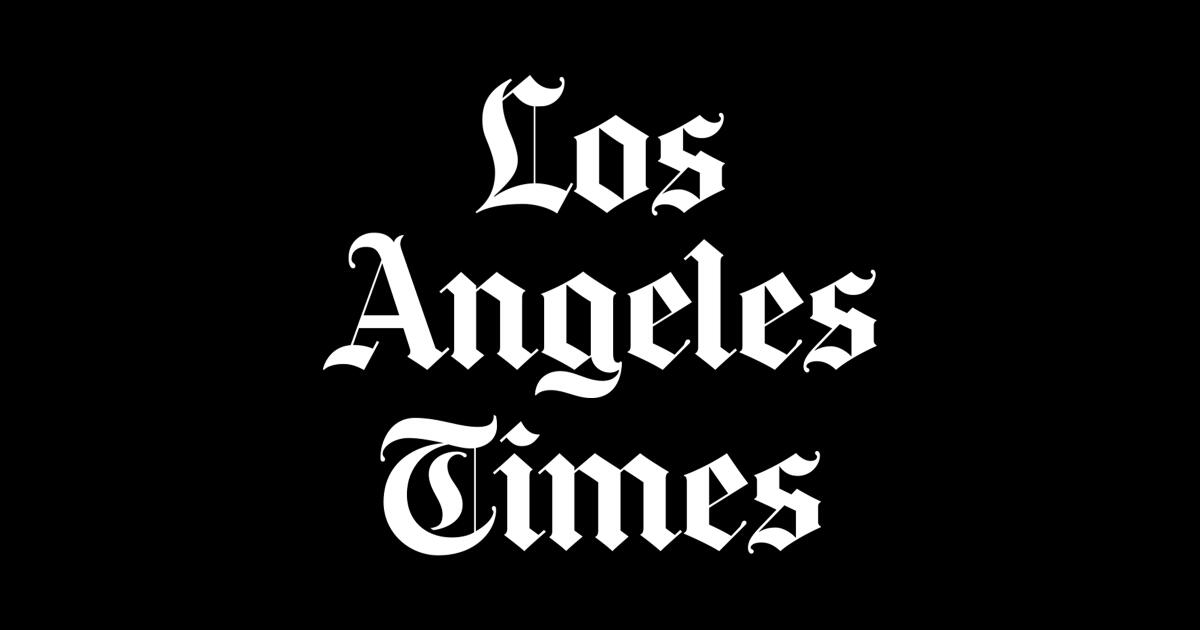SpaceX Develops System to Shield Radio Telescopes from Satellites

An innovative partnership between SpaceX and American radio astronomers aims to safeguard radio telescopes globally from the disruptions caused by satellites in low Earth orbit (LEO). The collaboration has led to the creation of an automated data-sharing system designed to protect sensitive astronomical observations while allowing satellite constellations, like SpaceX’s Starlink, to continue providing high-speed internet services.
Large satellite networks, such as Starlink, are crucial for connecting remote and under-served regions. However, they have raised significant concerns among astronomers. These satellites can interfere with the delicate measurements taken by radio telescopes, which are essential for detecting faint signals from distant cosmic phenomena, including black holes and potentially habitable planets outside our solar system.
The Square Kilometre Array Observatory (SKAO), under construction in Australia and South Africa, has flagged the interference from LEO satellites as a major hurdle. According to astronomers, the noise generated by these satellites could drown out vital signals from deep space.
To address this issue, a team from the U.S. National Radio Astronomy Observatory (NRAO) has collaborated with SpaceX for over three years. Their joint effort has resulted in a sophisticated system that provides real-time data to the Starlink network regarding telescope observation schedules and the specific frequencies being monitored. As satellites traverse the skies above these telescopes, the system instructs them to alter their paths or mute their signals to avoid causing interference.
Chris De Pree, deputy spectrum manager at the NRAO, emphasized the system’s autonomous nature. “We are sending information in real time to SpaceX about what the telescope is doing; their system digests it and issues commands to the satellites that are approaching the telescope,” he explained to Space.com.
Testing of this system commenced in August 2024 at the NRAO’s Very Large Array (VLA) in New Mexico. The VLA comprises 28 radio antennas, each measuring 82 feet (25 meters) in diameter. It has significantly contributed to our understanding of cosmic phenomena since its establishment in the 1970s. The initiative will expand to include other facilities, such as the Very Long Baseline Array and the Green Bank Telescope in West Virginia.
The issue of satellite interference became apparent shortly after the initial launch of Starlink satellites in 2019. “For decades, radio astronomers have built telescopes at remote sites to minimize radio frequency interference. Now, with satellite constellations, we face thousands of sources of interference directly above us,” De Pree noted.
Cosmic radio waves, which travel vast distances across the universe, are much weaker than the signals used for terrestrial communication, such as radio or television broadcasting. Radio telescopes typically operate in designated radio-quiet zones to minimize interference. However, these zones do not restrict satellites from flying overhead. De Pree highlighted that hundreds of satellites pass over the VLA daily, complicating matters for astronomers.
The proliferation of satellites is expected to escalate, with the number of operational spacecraft rising from around 3,000 in 2019 to over 15,000 currently. SpaceX plans to launch more than 40,000 satellites within the next decade alone. Other companies, including Amazon’s Project Kuiper and various Chinese initiatives, are also launching their satellite fleets, raising the potential for future disruptions.
Aware of these looming challenges, the NRAO team reached out to SpaceX as early as 2021 to explore solutions. De Pree remarked, “Radio telescope electronics are very sensitive; they weren’t developed to handle such strong signals. It’s akin to someone yelling at you, and that noise can affect a much broader region of the spectrum.”
The International Telecommunication Union has historically reserved certain portions of the radio spectrum for radio astronomy. Unfortunately, satellite operators have increasingly encroached on these protected bands, leading to a decline in quiet regions. As more frequencies become occupied, the time required to complete astronomical observations increases.
De Pree expressed optimism that the new data-sharing system could be adapted for other major radio telescopes globally. He hopes that not only other observatories but also various satellite operators will embrace this technology, allowing for a cooperative coexistence between radio astronomy and satellite communications in the years to come.






